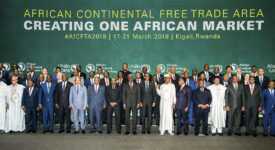The European Commission published last Friday (28 November) the 2015 Annual Growth Survey (AGS), which focuses on getting Europe back on track of sustainability, job creation, and inclusive economic growth. The Commission believes that the arrival of the new cabinet is a perfect moment to generate a new momentum. The new Commission proposes an ambitious investment plan that is expected to mobilize €315 billion of additional private and public investment by the end of 2018. This package is only a part of the Commission’s new approach to support job creation and kick off the continent’s growth.
In its Annual Growth Survey for 2015, the Commission proposes three main pillars (1) a boost to investment, (2) to renew commitment to structural reforms and (3) to pursue fiscal responsibility. Vice-President Valdis Dombrovskis commented that this strategic policy mix was based on investment, structural reforms, and fiscal responsibility in order to balance economic development and diverge the block from the possibility of a prolonged period of low economic growth. The new AGS sets out general economic priorities for the EU and particular member states including policy guidance. Brussels believes that restoring growth and thus confidence in the continent can be done only by working together, which is why the Commission wants to give a common direction by steering national approaches.
Under the investment pillar, Brussels intends to mobilize investment finance, without creating new debt. mostly in areas such as education, infrastructure, research, and innovation while removing sector-specific financial and non-financial barriers. Under structural reforms, the EU wants to deepen the single market and make Europe more competitive. Priorities include removing remaining regulatory and non-regulatory barriers across sectors such as energy, telecoms, transport and the single market for goods and services. When it comes to pursuing fiscal responsibility, securing long-term control over deficit and reducing high debts remains a key building block towards sustainable economic growth in 2015 as well.







